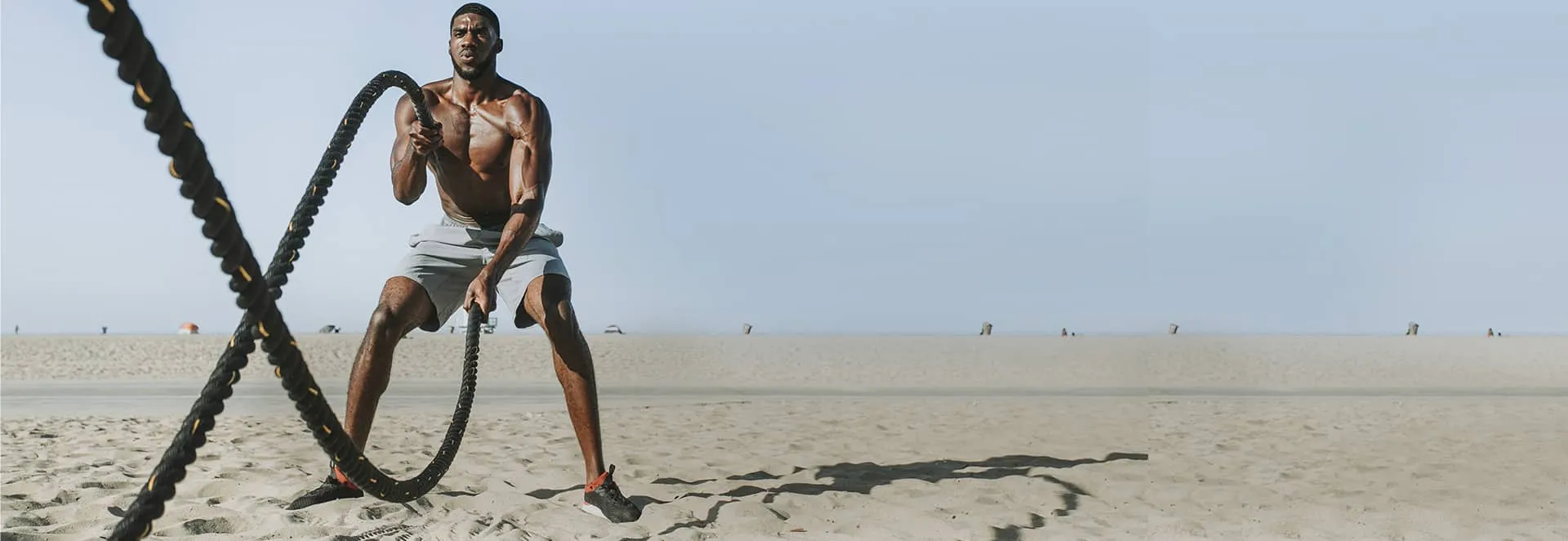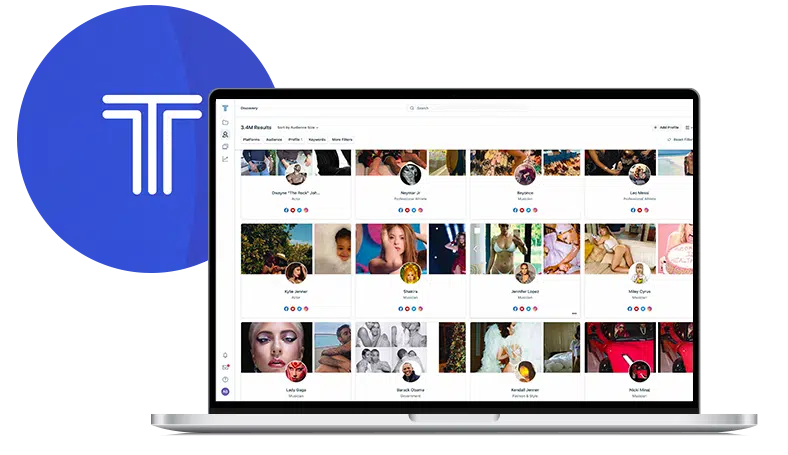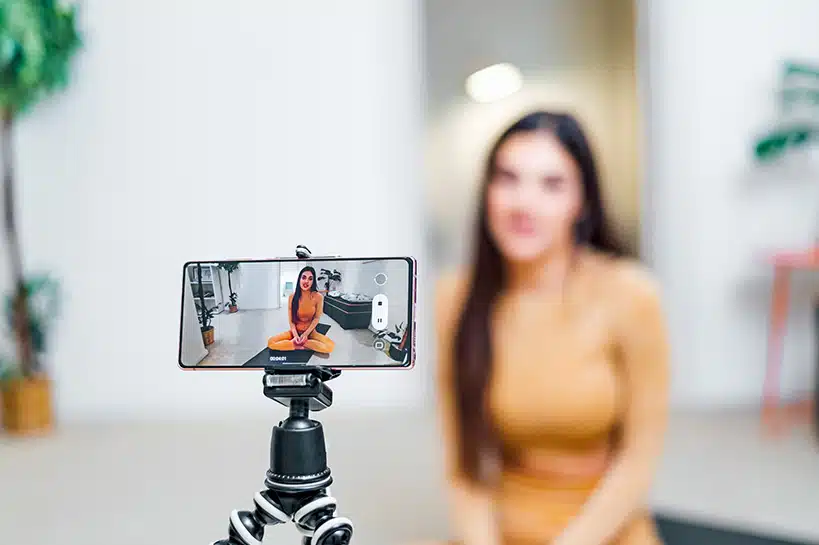How to Choose the Best Health and Fitness Influencers
How to Choose the Best Health and Fitness Influencers

Social listening software Tagger found that when brands in sports apparel work with influencers, the influencer content garners a 1,631% higher engagement rate than the content coming from their brand account.
The value of influencer marketing in the health and wellness industry is undeniable. What was once a $4.6 billion industry just three years ago is projected to hit $15 billion by 2022.
As social media continues to play a significant role in the way consumer’s make buying decisions, health and wellness brands of all shapes and sizes will need to integrate influencers into their marketing efforts. But it’s a lot simpler said than done.
Between algorithm changes, rising influencer costs, and the need for an always-on mentality, building the right strategy and finding the best influencers is becoming increasingly difficult for marketers and PR professionals to navigate.
Throughout this article we’ll guide you through the key metrics you should look at while choosing your influencers and how they all come together to help your brand make the most strategic, informed decision.
How to Find the Best Fitness Influencers
The influencer landscape is vast-especially in the health and fitness industry. There are hundreds of potential influencers to choose from, so where should your brand start when choosing its next brand ambassadors?
When seeking the best fitness influencers, you should look for a balance between three key elements: authenticity, audience, and engagement. You’ve likely heard of all three, but there are specific components of each that you should keep in mind.
Authenticity
One of the greatest advantages of working with influencers is that they bring an authentic spin to your marketing campaigns. Because we view influencers as people more like you and me, we are more likely to trust their reviews and recommendations over claims coming from a brand account.
But there’s the other side of authenticity, the side that has nothing to do with relatable content that brands must pay close attention to. Are the influencer’s audience and metrics even real?
Gauging the authenticity of an influencer’s followers and engagement rates has been an ongoing challenge for brands over the past few years, with half of marketers admitting they can’t tell when an influencer has fake followers. In fact, one study found that fake followers cost influencer marketing $1.3 billion in 2019.
This isn’t because marketers aren’t saavy enough to determine what’s real and what’s fake. With current data showing that 45% of Instagram accounts are bots or inactive users, it’s a real issue that social media platforms are working hard to address.
Luckily, several tools now exist to help determine an influencer’s credibility, but there are also a few telltale signs that will help you quickly determine if an influencer’s audience is authentic.
Check for spam comments.
Random hashtags, a string of emojis, or a simple ‘nice photo’ comment typically indicate an influencer’s account is riddled with bots.
Pay attention to the like to engagement ratio.
If the influencer has 100,000 followers but is only averaging 100 likes per photo, it’s likely they have purchased some of their followers.
They aren’t disclosing sponsored content.
Many countries and trading standards require that an influencer disclose when a post is branded content. If they are not using any of the platform’s paid partnership tools, this should pose an immediate red flag.
Audience
Identifying and choosing the right audience is a fairly straightforward task. But if you’re just looking at the surface of an influencer’s content and making your decision based on pretty photography, your brand can mistakenly choose the wrong ambassador-resulting in missed campaign goals and wasted costs.
Let’s look at a simple yet real scenario. Say you’re an activewear brand selling leggings and other athletic clothing. Your ideal customer is a female between the age of 18 to 34 who lives in a metropolitan area and frequents a gym or fitness class several times per week.
With this in mind, you find Influencer A: a female, age 25 who lives in New York City and attends SoulCycle classes four to five times per week. You reach out, agree on a price that suits both parties, and the influencer goes on posting about your product.
A few days after the posting, your team is disappointed to find the partnership produced minor results. After further investigating and vetting her account using an influencer marketing software, you find-much to your disbelief-her audience is 62% male.
Choosing the best influencers is no longer about follower count and nice aesthetics. You want to be sure the audience matches your target market, meaning you must dive deep into metrics beyond the surface to get a better understanding of how they’ll serve your business.
Engagement
When it comes to social media marketing, engagement is often the token KPI. In a nutshell, engagement encompassed all likes, comments, shares, and clicks to gauge how much and how often your audience engaged with a piece of content.
However, engagement rates vary by not only account size but also industry. For example, micro influencers-those with roughly 10,000 to 100,000-typically pose higher engagement rates than macro or mega influencers with millions of followers. This is because micro influencers typically can build trust with their audience at a smaller, more personal level.
A 2021 Social Media Benchmarks Report found that of all industries, politics, education, and airline brands are the most successful profiles of Instagram with the highest average engagement. For health and fitness, brands in sporting goods hover around 1%, with fashion and retail around 0.6%.
While it may be easy to write off an influencer for a low engagement rate, it’s important to consider your campaign goals while considering these other key factors.
Bring It All Together
As we mentioned above, finding the best influencers for your brand requires you to find a healthy balance between authenticity, audience, and engagement. Now that we’ve taken a closer look at each, let’s see how they all come together to help you make the best decision.
Say your brand is considering the following influencers:
| Influencer A | Influencer B | Influencer C | |
| Followers | 550,000 | 115,000 | 12,000 |
| Engagement Rate | .5% | 2% | 13% |
| Top Interest | 20% interested in fitness | 40% interested in fitness | 55% interested in fitness |
| Suspicious Followers | 20% | 65% | 16% |
After looking closer at each element and how it plays into the bigger picture, we can clearly see that Influencer C is the best option. While Influencer A and Influencer B might be bigger names with more followers, stop to ask yourself: are their audiences going to convert as much as Influencer C? Probably not.
It’s no secret that not everything is as it seems on social media. While content is important, so is reaching your campaign goals. Before diving into your next strategy or reaching out to that influencer, pause to consider how everything comes together in the end.
Find the Best Influencers with MWW
While software and other tools can help fill in the gap, it often can’t paint the full picture. At MWW, our award-winning influencer marketing team combines their expert industry experience with advanced influencer marketing tools to help your business select the best influencers for your health and wellness brand.
We play close attention to authenticity, audience, and engagement to ensure you’re working with the best ambassadors for your brand. To learn more about MWW’s influencer marketing services, connect with our team.

